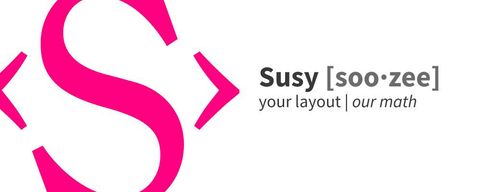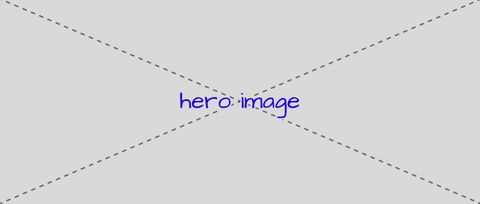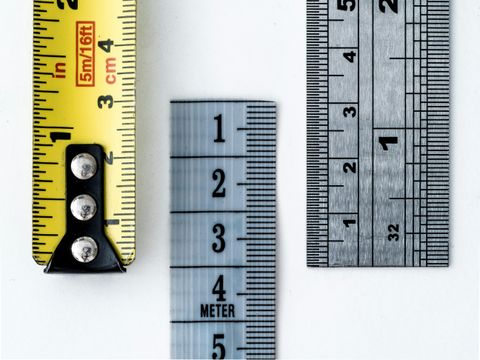UPDATE: I fixed a bug with show-left failing on small screens. The
main area was dropping below the left sidebar, as floats sometimes do.
The fix is actually simpler than the original code: just set and leave a
100% negative right-margin on the main area, removing all state changes
to that margin.
The off-canvas layout pattern for responsive websites has been getting all the
attention lately, and I’ve had several people ask how Susy might play
along.
The truth is, Susy handles off-canvas layout the same as any other
layout. All you need to do is pull some of your columns off the screen.
I’ll show you how, following Jason’s lead, and adding in the Susy bits.
Check out the
demo, and
make sure you understand off-canvas layouts before you go on.
I’ve used a few shortcuts that require the latest Susy
release (1.0.5), but the concepts remain
true in older versions as well.
Basic Markup:
<div class="container">
<header>
<a href="#left" class="toggle">show-left</a>
<a href="#right" class="toggle">show-right</a>
header
</header>
<div class="left" id="left">left</div>
<div class="main">main</div>
<div class="right" id="right">right</div>
<footer>footer</footer>
</div>
We have a simple container with header, footer, and three body columns:
left, right, and main. Inside the header we have links we can hijack in
JavaScript to toggle state body-classes.
Susy Settings:
$total-columns: 5;
$column-width: 4em;
$gutter-width: 1em;
$grid-padding: 1em;
Since this is a mobile-first design pattern, we’ll start with settings
for a typical mobile-first Susy grid. You can change those any way you
like.
I’m also going to establish my medium and large column settings right
away:
$medium-columns: 8;
$large-columns: 12;
And I’ll set Susy’s $container-width override to the largest layout
width, so the container is fluid up to that point:
$container-width : container-outer-width($large-columns);
Establish the Container:
.container {
@include container;
overflow: hidden;
}
Besides establishing the usual Susy container, I also set overflow to
hidden so that our off-canvas elements don’t trigger a horizontal
scrollbar.
Small Layout:
For our smallest layout the .main section is visible at all times,
full-width by default or pushed to one side to make room for the .left
or .right sections to appear.
$anchor: 1;
$side: $total-columns - $anchor;
I’ve created an $anchor variable to control how many columns of the
main section remain visible while side-sections are displayed. The
$side width of our left & right sections is based on the remaining
space.
.left {
@include span-columns($side);
margin-left: -100%;
.show-left & { margin-left: 0; }
}
.main {
@include span-columns($total-columns);
margin-right: -100%;
.show-right & { margin-left: - space($side); }
}
.right {
@include span-columns($side omega);
margin-right: -100%;
.show-right & { margin-right: 0; }
}
The span-column mixins establish our spacing, just like any other Susy
site. The main difference here is that our total columns-spanned is much
larger than the number of columns available. A few margin adjustments,
and we’ve pulled the left and right sections off the canvas. I also
removed the margin-right gutter on our main column, since it spans the
full width.
The .show-left and .show-right selectors allow us to move everything
around when we want to show and hide the sidebars. The space()
function is used to push our main section only as far as it needs to go:
space() represents the space taken by a given number of columns()
with the final gutter() included.
Medium Layout:
$main: 5;
$side: $medium-columns - $main;
These variables simply establish the widths we will use for our columns.
You could, of course, set different right and left widths. I’ll leave
that as an exercise for the reader.
@include at-breakpoint($medium-columns) {
[href="#left"] { visibility: hidden; }
.left {
@include span-columns($side);
margin-left: 0;
.show-right & { margin-left: - 100%; }
}
.main {
width: columns($main);
.show-right & { margin-left: 0; }
}
.right {
width: columns($side);
.show-right & { margin-right: 0; }
}
}
At our medium breakpoint, we change the styles to show both the left and
main sections by default. I used width: columns() instead of
span-columns on the main & right sections because only the width
actually needs to change, while our left column needs the gutter
adjusted as well.
We also hide the left toggle ( [href="#left"] ) as it is no longer
needed.
Large Layout:
$main : 6;
$side : ($large-columns - $main)/2;
Nothing new here; we’re just dividing up the space into variables we can
use.
@include at-breakpoint($large-columns) {
[href="#right"] { visibility: hidden; }
.left {
@include span-columns($side);
.show-right & { margin-left: 0; }
}
.main {
width: columns($main);
}
.right {
@include span-columns($side omega);
}
}
At our largest breakpoint we are simply overriding everything to get
ourselves back to a normal layout. No more off-canvas malarkey here.
Hide the other toggle-link, make sure everything stays put even if we
have leftover classes, and you’re done.
See the Pen Susy1 Off-Canvas Demo by @miriamsuzanne on CodePen.
Final Tweaks
I’ve added a number of styles to make it obvious what’s going on and
highlight the transitions in our
demo.
You also need a bit of JS to make the toggles work, but this is all you
need for the Susy setup.
Play around with all the numbers; it’s amazingly flexible. It works the
same as any other Susy grid: any reasonable settings should work.



